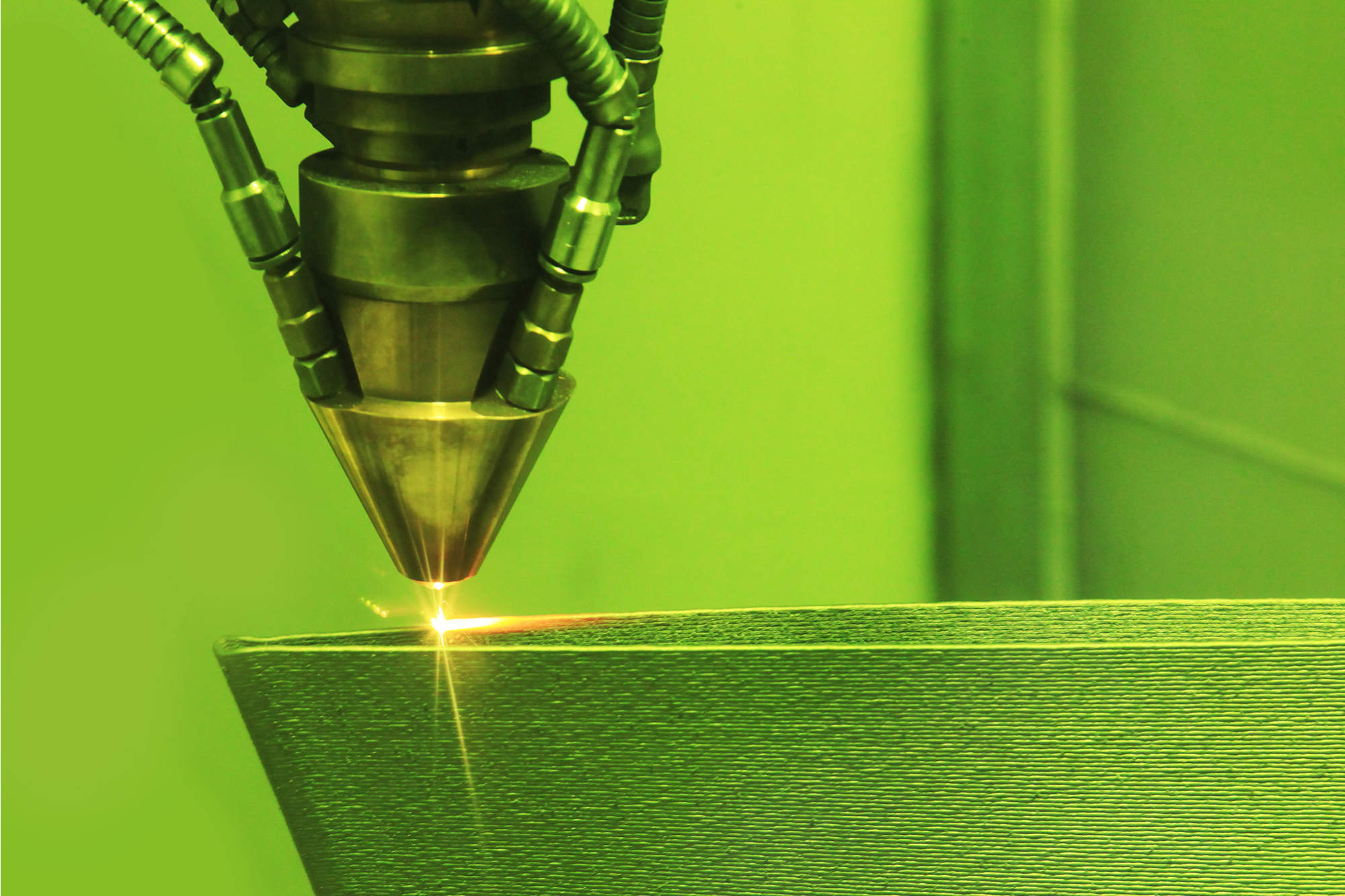This week, California-based metal 3D printing company Velo3D revealed it had raised an additional $12m in funding, taking its total to $150m. The money will be used to develop a new approach to metal 3D printing, reducing the need to re-design parts for additive manufacturing.
Velo3D believes this approach can help engineers realize the potential that lies in metal 3D printing.
The 3D printing industry is not short of potential. In 2019, GlobalData estimated the market would be worth $32bn by 2025, growing at a compound annual growth rate (CAGR) of 16% between 2018 and 2025.
Impact on supply chains and customization
There are several ways in which 3D printing will have an impact on supply chains and drive competitive advantage. It will decentralise production, as the technology’s portability will help companies get products to customers faster via local markets, meaning there will be a shift away from mass production in low-cost countries and the creation of more local assembly hubs.
3D printing will also drive greater product customization, giving manufacturers more freedom to tailor offerings to clients’ specific requirements and enhance the customer experience. That will result in more agile supply chains which can rapidly adapt to changes in the market.
Agile supply chains in action with 3D printing
When the Covid-19 pandemic hit Northern Italy, Brescia-based 3D printing company Isinnova was able to design and print 100 life-saving respirator valves in 24 hours. The local hospital had 250 coronavirus patients in intensive care and had run out of valves, putting lives at risk. The 3D-printed valve cost Isinnova less than one euro to produce, the prototype took just three hours to design, and the devices around an hour to print.
The ability of 3D printing to shore up gaps in supply chains was again demonstrated when the technology was used to print personal protective equipment (PPE) for hospital use.
Problems within the industry
Yet, despite all the positive pandemic headlines touting 3D printing’s worth, 3D printing companies themselves are struggling to gain traction. One of the industry’s biggest companies, Stratasys, recently announced it is reducing its global workforce as a result of Covid-19. By making 10% of its global workforce redundant, Stratasys expects to reduce its annualized operating expenses by about $30m.
The resizing strategy followed financial results for the first quarter of 2020 which saw a reduction in revenue of 14% on the previous year to $132.9m.
Another large 3D printing company, 3D Systems, has also suffered during the pandemic. Its first quarter 2020 results showed a 12% drop in revenues compared to the same period of the previous year.
Success stories help the industry prove its worth
3D printing companies will point to individual pandemic success stories that have increased public awareness of the industry’s ability to accelerate and improve design, speed up time to market, and create less dependent, more resilient global supply chains. What the 3D printing industry needs now, beyond investment stories like Velo3D’s, is to prove its worth in changing how global supply chains operate.
There are several benchmarks that could be used to measure progress. For example, how much 3D printing for production is taking place, as opposed to its use for prototyping and small series? Actual production for more industries must take place if 3D printing is to become a louder voice in the supply chain transformation conversation.
According to the Global Supply Chain Institute (GSCI), some supply chain professionals believe 3D printing will eventually rival the impact of Henry Ford’s assembly line.
By the end of 2020, we may have a better idea of whether 3D printing has moved beyond potential and is delivering true evidence of progress.








